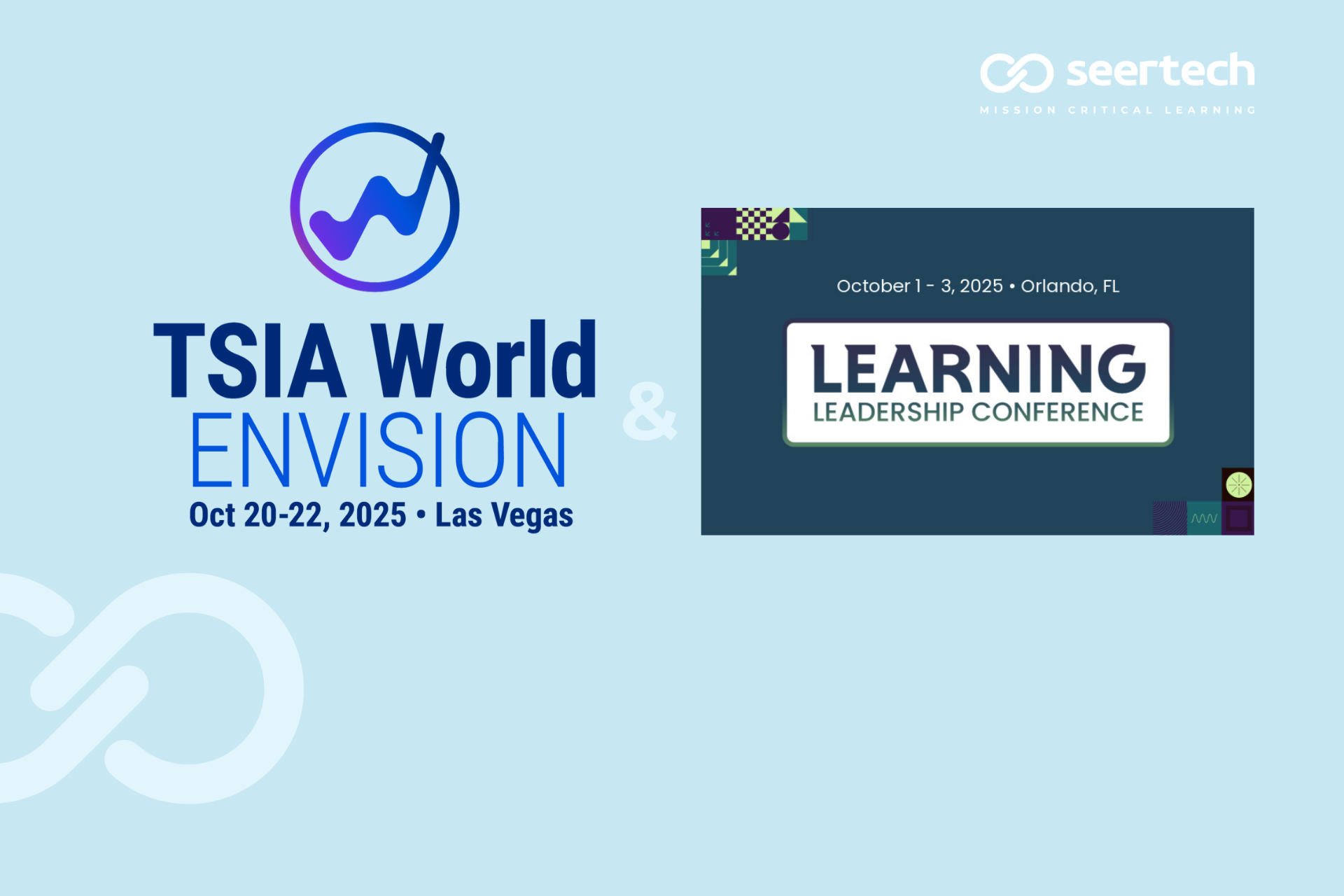
Companies are relying on their partners more than ever. Last year, partners were responsible for 73% of all IT business, and that number continues to grow. As organizations expand their reach, they need partners who truly understand their products and can support customers effectively. That's where Channel Learning and Readiness (CLR) platforms come in, offering a structured way to educate, certify, and enable partners at scale.
Leading tech companies like Google Cloud, Microsoft, and AWS have already recognized this shift, investing heavily in structured partner education. Google Cloud is set to double its investment in partner training, and Microsoft has linked learning achievements to partner incentives. The reason is simple: companies that equip their partners with the right knowledge see higher sales, stronger customer relationships, and faster product adoption. Well-trained partners don't just sell more effectively—they provide better customer support and drive stronger long-term engagement.
The trend isn't just limited to hyperscalers. A recent study by Canalys found that the CLR market is expected to grow from $740 million in 2023 to $1.5 billion by 2028. As more companies focus on ecosystem-driven business models, partner training is becoming a competitive differentiator. Businesses that fail to invest in structured learning programs risk losing market share to competitors with better-equipped partner networks.
What is a Channel Learning and Readiness (CLR) Platform?
A CLR platform goes beyond traditional learning management systems (LMS) by focusing on partner enablement at scale. Unlike an LMS, which is typically designed for internal employee training, a CLR platform is built to educate, certify, and support external partners. This means providing on-demand learning, certifications, and continuous education programs that help partners stay ahead in an ever-changing market.
Partners are an extension of a company's brand. When they receive structured training, they're more confident in selling, implementing, and supporting the company's solutions. That means fewer support tickets, smoother customer experiences, and stronger long-term business outcomes.
The Shift Toward Scalable Partner Training
Not long ago, partner training was scattered across PDFs, webinars, and slide decks, making it difficult to track engagement or measure success. Today, businesses need training solutions that are scalable, accessible, and data-driven. They also need a way to monetize training, turning certifications and advanced learning paths into revenue-generating programs.
Some organizations have started offering paid certification programs that validate partner expertise, while others provide subscription-based learning tracks that ensure continuous upskilling. This shift reflects a larger trend—companies are no longer viewing partner training as just an internal cost but as a strategic investment that drives both business growth and customer success.
How Red Hat Scaled Global Partner Learning
For a real-world example of partner training at scale, take Red Hat, a leader in enterprise open-source software. Red Hat needed to train and certify thousands of partners worldwide, but their existing learning infrastructure wasn't built for the task. Managing a mix of manual processes and disconnected systems made partner training time-consuming and difficult to scale. With over 1 million users across their training business, 30,000 partners, and 24,000 employees, they needed a better way to manage learning and certifications.
In 2016, Red Hat replaced four disconnected systems with a single Extended Enterprise LMS from Seertech, creating a unified platform for partner training, e-commerce, and certification programs. This change allowed them to scale training across their global network while maintaining a consistent experience for partners, employees, and customers. Instead of juggling multiple systems, Red Hat's teams could now manage learning content, track certification progress, and provide seamless access to training through a single, consolidated platform.
The impact was significant. By streamlining their partner training programs, Red Hat saved over $11 million in direct costs, doubled their B2B and B2C training sales year over year, and strengthened their competitive advantage with a unified, skill-based learning framework. More importantly, their partners had better access to training resources, making it easier to stay engaged and up to date.
How Other Industries Are Leveraging CLR Platforms
While tech companies have been the earliest adopters of CLR platforms, other industries are now seeing their value.
- Healthcare and Life Sciences: Medical device and pharmaceutical companies use CLR platforms to train sales reps and educate healthcare providers on new products and compliance requirements. According to a study on the digital transformation of the healthcare sector to identify perceived barriers and inhibiting factors that impede individuals' adoption and continued usage of e-health services, addressing these barriers through structured training programs can improve adoption rates.
- Manufacturing and Industrial: Companies with global supply chains use CLR platforms to educate distributors, resellers, and service providers on product specifications and best practices. This ensures that partners understand the value of the product and can effectively sell and support it.
- Financial Services: Banks and fintech companies are using CLR platforms to train independent advisors and consultants on new regulations, compliance requirements, and financial products. A 2024 Forrester Consulting study reported that 96% of organizations saw positive returns on their customer education investments, including a 26.2% improvement in customer satisfaction and a 15.5% decrease in customer support costs.
This cross-industry adoption signals a broader shift toward structured, data-driven learning programs that go beyond traditional employee training.
What's Next for CLR Platforms?
As businesses continue to invest in partner education, the future of CLR platforms is shifting toward AI-driven personalization and predictive learning. Companies are experimenting with machine learning models that recommend training based on a partner's role, performance, and past engagement. Instead of relying on static course catalogs, organizations will be able to offer dynamic, tailored learning experiences that adapt to individual needs.
At the same time, immersive learning experiences are gaining traction. Gamification, simulations, and interactive training modules are making it easier for partners to retain knowledge and apply it in real-world scenarios. As these technologies evolve, CLR platforms will become even more effective at driving engagement, improving knowledge retention, and accelerating partner success.
Partner training is no longer just an afterthought—it's a key part of business strategy.
Companies that invest in structured, scalable learning solutions will see stronger partnerships, better customer outcomes, and long-term growth. Instead of asking whether to invest in CLR, organizations should be asking how to implement a learning strategy that sets both their business and their partners up for success.
Recent articles

Fall 2025’s Learning and Development (L&D) Conference Circuit: What to Know Before You Go
Introduction to Key Learning Events In a time when businesses are racing to keep pace with rapid technological advancements and shifting workforce dynamics, finding effective strategies for learning and development has become paramount. For organizations aiming to bridge skill gaps, integrate AI-driven solutions, and stay ahead in competitive markets, attending the right events can [...]

L&D Leader’s Field Guide: Actionable Checklist for Senior Learning & Development Leaders
Everyone loves a good checklist — well, maybe just the type-A folks. Whether you’re the type who thrives on ticking boxes or someone who prefers big-picture thinking, this guide is designed to support both. We’ve compiled key actions senior L&D leaders can use to drive real business results, organized by theme for quick reference [...]




